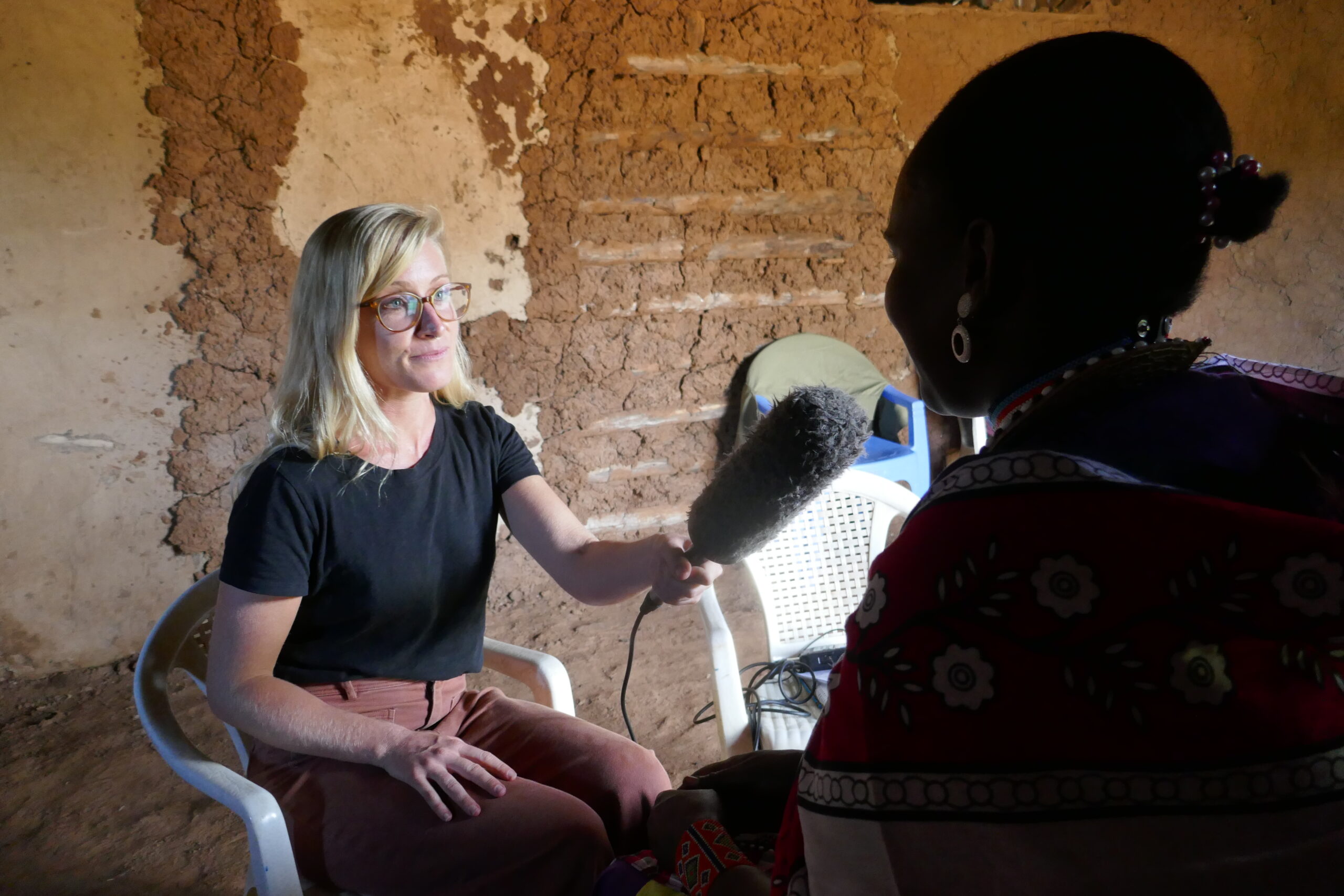
By Robert Kaiser
Intimate partner violence (IPV) is not a private issue. It is a global public health crisis and a fundamental violation of human rights. Defined by the World Health Organization as “behavior within an intimate relationship that causes physical, sexual or psychological harm, including acts of physical aggression, sexual coercion, psychological abuse and controlling behaviors” (WHO, 2024), intimate partner violence affects people across all cultures, economic classes, and regions.
Despite decades of awareness campaigns and policy changes, intimate partner violence remains stubbornly prevalent. Survivors face long-lasting consequences, from physical injury to severe trauma, and societies carry the economic and social costs. The most recent research from Australia, Canada, and the European Union paints a consistent picture: high rates of intimate partner violence, persistent underreporting, and an urgent need for systemic prevention strategies that actually work. For those who need legal protection or wish to take action, getting support from a domestic assault and battery attorney can help in navigating the justice system and securing a protective order.
This article combines global definitions, hard data, clinical best practice, and prevention strategies into a single evidence-based guide. Its aim is not to spread fear, but to serve policymakers, researchers, advocates, and concerned citizens who want to understand intimate partner violence and be part of the solution.
The Scope of Intimate Partner Violence
Global prevalence
Globally, approximately one in three women will experience physical and/or sexual violence in her lifetime, most often perpetrated by a current or former intimate partner (WHO, 2024). These rates have remained relatively unchanged for more than a decade, highlighting the deeply rooted cultural, economic, and structural forces that sustain IPV.
Intimate partner violence in the European Union
The EU Gender-Based Violence Survey provides the most comprehensive data to date on intimate partner violence across 27 countries in the EU. It shows that 17.7% of women have experienced physical violence or threats and/or sexual violence by an intimate partner in their lifetime (FRA/Eurostat, 2021). When psychological violence is included, lifetime prevalence jumps to 31.8%.
The survey also found that 5.3% of women experienced IPV in just the 12 months prior to the survey, proof that intimate partner violence is not a historic problem but an active, ongoing threat. Some of the highest lifetime IPV rates (including psychological violence) were recorded in Hungary (54.6%), Finland (52.6%), and Slovakia (50.8%). By contrast, the lowest rates were found in Portugal (22.5%) and Bulgaria (20.5%) (FRA/Eurostat, 2021).
Importantly, 14.6% of women reported experiencing intimate partner violence on more than one occasion. The data also highlights forms of abuse beyond physical and sexual violence. For example, stalking by an intimate partner affects 5.1% of women, and economic and financial abuse (such as forbidding a partner to work or controlling finances) remains a common form of coercive control (FRA/Eurostat, 2021).
Intimate partner violence in Canada
In 2023, 78% of police-reported IPV victims in Canada were women. Women and girls experienced IPV at rates nearly four times higher than men and boys (Women and Gender Equality Canada, 2024).
Between 2018 and 2023, rates of intimate partner violence increased by 21% in the North, 17% in rural South, and 12% in urban South (Women and Gender Equality Canada, 2024). These trends reveal that IPV is not only widespread but in some communities is becoming more frequent and severe.
It is important to note that intimate partner violence doesn’t just leave physical scars it often triggers deep emotional wounds that can affect every aspect of daily life. Survivors frequently face depression, anxiety, and symptoms of PTSD long after leaving an abusive situation. If you or someone you know is navigating this difficult journey, connecting with a compassionate Calgary therapist who specializes in trauma-informed care can make an essential difference in healing and rebuilding safety.
Intimate partner violence in Australia
The Ten to Men longitudinal study by the Australian Institute of Family Studies revealed that roughly one in three men reported using emotional intimate partner violence, and 9% admitted to using physical IPV at some point in their lives (AIFS, 2024).
The study further highlighted that protective factors included strong social support networks and positive early relationships with father figures or other positive role models, while risk factors included men with moderate or severe depression, who were found to be 62% more likely to perpetrate IPV
This is a rare dataset focusing on perpetrators rather than only victims, and it underscores the importance of prevention strategies that address male behavior directly.
The Health Sector’s Role in Addressing Intimate Partner Violence
The health sector is uniquely positioned to identify and respond to intimate partner violence. The American College of Obstetricians and Gynecologists (ACOG) recommends routine IPV screening for all women during reproductive health visits, annual exams, and pregnancy care (ACOG, 2025). Obstetrician-gynecologists often have long-term relationships with patients, making them well placed to detect signs of abuse, offer confidential support, and connect survivors with resources.
Screening must go beyond ticking a box; it requires a trauma-informed approach, cultural sensitivity, and strong referral pathways. Evidence shows that healthcare interventions can not only help survivors but also prevent escalation by identifying abuse early.
The Hidden Forms of Intimate Partner Violence
While physical and sexual violence are the most visible forms of intimate partner violence, the FRA and WHO stress that psychological abuse, economic violence, and coercive control are equally harmful (WHO, 2024; FRA/Eurostat, 2021).
These following tactics often occur alongside physical and sexual abuse but can also be used in isolation to dominate and control.
- Psychological abuse may include belittling, gaslighting, disregarding your privacy, intimidating you, isolation from friends or family, closely monitoring movements, or threats to harm loved ones.
- Economic and financial abuse includes controlling household finances, withholding access to joint income, lying about asset ownership and property rights, forbidding employment, or taking away identification documents and sabotaging job applications.
- Stalking and harassment, both online and offline, are increasingly recognized as extensions of intimate partner violence. Stalking behaviors include unwanted repeated contact (for example at work or other specific locations) surveillance, malicious communications, property damage, or threats.
Prevention and Intervention Strategies That Work
The evidence suggests that addressing intimate partner violence effectively requires multi-layered approaches:
- Primary Prevention: Education in schools about healthy relationships, the definition of consent, challenging gender stereotypes, and community campaigns that shift social norms.
- Perpetrator-Focused Interventions: Early engagement with men at significantly greater risk of perpetrating intimate partner violence is critical. This includes those exposed to violence during childhood or adolescence (such as domestic abuse, sexual abuse, organized crime, or conflict zones), men whose mindset is closely aligned with misogynistic extremism, and those with histories of abusing, threatening, or violating previous partners. Such engagement is most effective when accompanied by mental health support and accountability programmes.
- Healthcare-Led Screening: Consistent implementation of above highlighted ACOG’s recommendations in all healthcare settings (ACOG, 2025).
- Specialised Services for High-Risk Groups: Culturally safe, accessible services for migrants, disabled women, and other individuals facing greater vulnerability.
Why Intimate Partner Violence Remains Underreported
Despite high prevalence, intimate partner violence is severely underreported. Reasons include fear of retaliation, shame, economic dependence, and lack of trust in authorities (FRA/Eurostat, 2021). In many cases, survivors minimize their experiences or normalize abuse due to cultural or societal conditioning.
This underreporting means official statistics almost certainly underestimate the true scale of the crisis, making robust survey data, such as that from FRA, AIFS, and national agencies, essential for understanding the reality.
Setting a New Benchmark for Action on Intimate Partner Violence
The data is clear: intimate partner violence is a global crisis that demands urgent, coordinated action. It is not confined to any one country, culture, or demographic; it thrives in silence, stigma, and systemic gaps.
As the WHO definition reminds us, IPV includes far more than physical injury; it is about control, coercion, and the erosion of autonomy. The latest statistics from the EU, Canada, and Australia confirm that without addressing the root causes, gender inequality, harmful social norms, and inadequate prevention systems, rates of IPV will remain unacceptably high.
We have the knowledge to act. What is needed now is the will to implement evidence-based strategies at scale: robust prevention, early intervention, healthcare-based screening, and tailored services for those at highest risk.
Only by combining expert research, policy leadership, and community advocacy can we hope to make intimate partner violence a relic of history rather than a continuing reality.
What You Can Do if You Are Affected by Intimate Partner Violence or Know Someone Who Is
Intimate partner violence remains a global crisis, with women disproportionately impacted. Empowerment begins with knowledge, resources, and actionable steps for protection. My guide on how women can protect themselves from domestic violence and abuse offers practical strategies, safety tips, and support resources. By recognizing warning signs, building strong support networks, and taking proactive measures, women can make significant strides in safeguarding their safety and well-being.
If you’d like to explore this subject further, I invite you to read my book NEVER A VICTIM, a 530-page, thought-provoking, survivor-led, and trauma-informed book on women’s safety, empowering readers to trust their intuition, recognize danger, and protect themselves effectively. It provides clear, comprehensive answers to some of the most serious and complex questions women have about their personal safety.
You can also read this additional article: What Is Coercive Control? Understanding, Recognizing, and Ending Hidden Abuse.

Robert Kaiser is a renowned gender-based violence expert and author of NEVER A VICTIM—a 530-page, thought-provoking, survivor-led, and trauma-informed book on women’s personal safety and the prevention of acts of violence against women.
[This article was originally published at Womens-Safety.com and republished here with permission.]
















